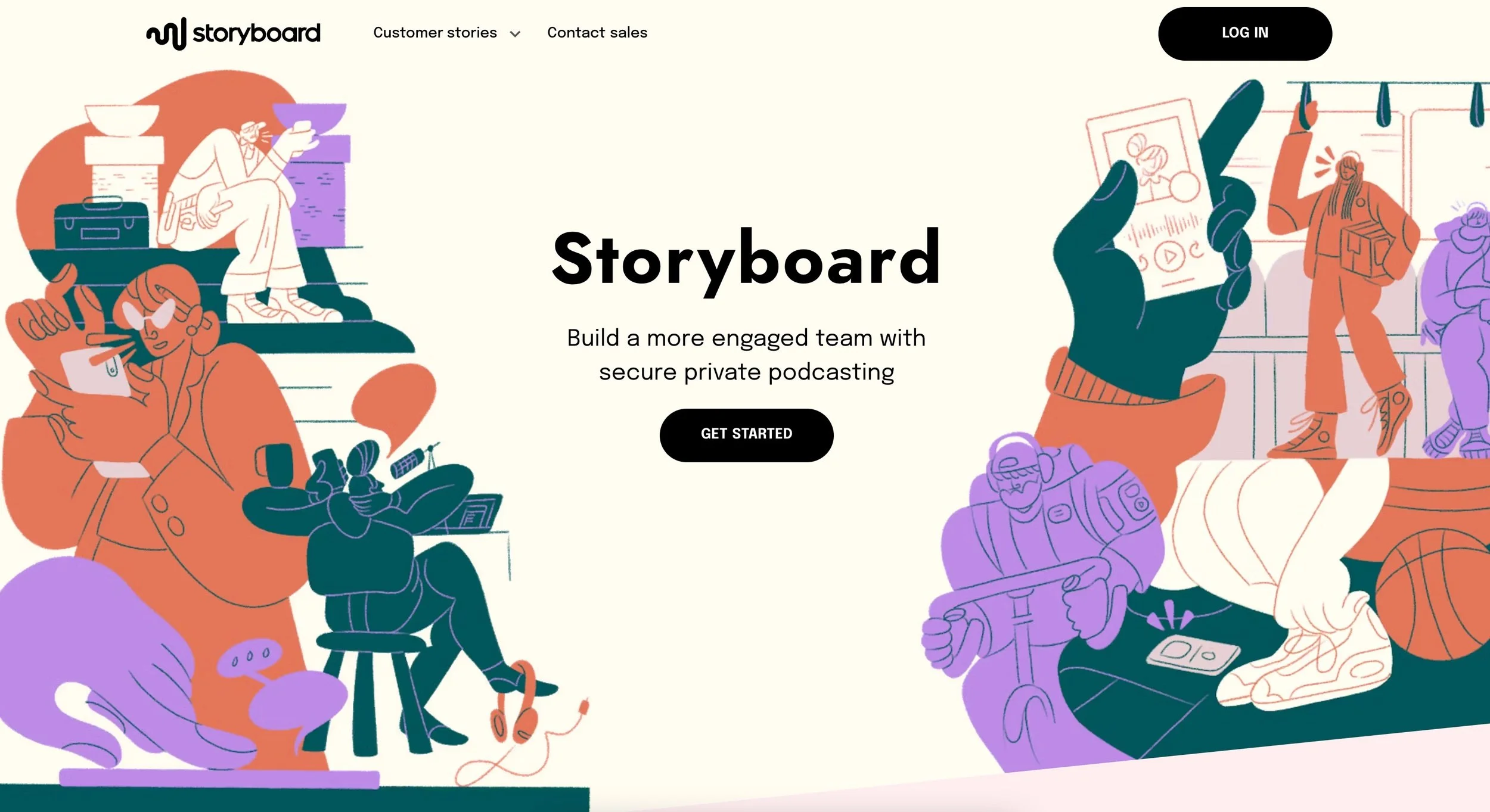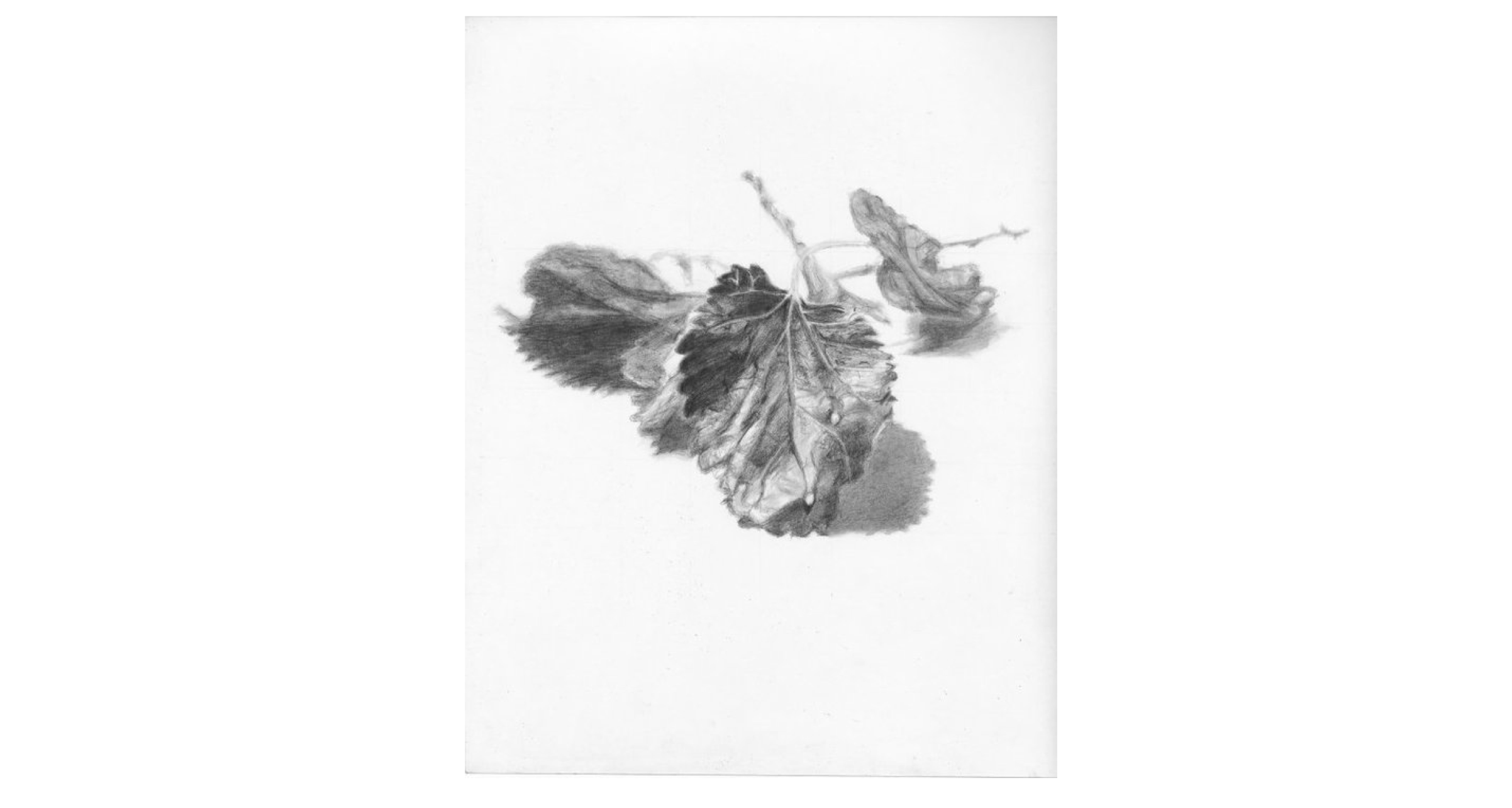Bloomingdales.com
Both Bloomingdales.com and Macys.com revamped their Gift Card Check Balance flow in order to provide a seamless physical-digital interaction. I was brought on for UX Research and Design on the Bloomingdale's gift card check balance page. The transformation makes for a cooperative and user serving physical- digital experience.

I led the design of the Gift Card Check Balance page in San Francisco for Desktop and Mobile Enabled Web compatibility. I defined the design and addressed customer pain-points related to providing social media insights in a valuable way to our target users.
Customer Insights & Ideation
I partnered with one product manager, one developer, and one other lead designer to uncover insights and translate concepts into features that address customer behaviors and motivations.
Experience Strategy & Vision
I created frameworks and prototypes to share the vision, design principles and content strategy. This helped to evangelize ideas, gain alignment and drive decision making.
Planning & Scope Definition
I defined the product with my product manager partners. I evangelized customer goals and balanced business goals. I prioritized and negotiated features for launch and beyond.
Design Execution & Validation
I designed wireframes with responsive design principles in mind for Desktop and Mobile Enabled Web. the I executed journeys, flows, and wireframes.
Leadership
I designed up and presented works to gain buy‐in from senior stakeholders.

Our problem statement was: Users currently encounter problems when trying to redeem their gift card online; therefore, they call customer service who at times cannot help them due to technical issues with the gift card page itself. How can we help users achieve their goal of redeeming their gift card online and using that credit to shop online?

The multi-step UX Research and Design process involved multiple business and design stakeholders. Besides the methods listed above, scenario building and collaboration amongst team members were also heavily taken into consideration. The methods I chose were informed by IDEO's design research model to define, ideate, build, test, and implement a design solution that is accessible, inclusive, and helps users succeed at completing the actions that they would like to complete as easily as possible.
PHASE ONE
Heuristic Review
The heuristic review was completed to identify usability problems on the current dashboard. Some user pain-points I found were that users were entering their gift card information and still receiving an error screen. The flow was broken and could not be completed.
Requirement Gathering
Arguably one of the most important User Research methods is requirement gathering. My approach to requirement gathering involves stakeholder interviews. In gathering the design requirements for the project it is also important to consider the technical history of the product, so that I can design a solution that takes the whole flow into account. An effective requirement gathering exercise gives me a clear picture of what I will be designing for and what features to include.
Competitive Analysis
When approaching a design solution, I always first survey the market and implement diligent market research to inform the design. This step of the process is important because quickly we learn what user expectations are across brandname products. For example, in this competitive analysis, I found that best-in-class gift card check balance pages were reliable and provided helpful tool-tips for users who found the process of entering a 16-18 digit gift card code overwhelming; therefore, we implemented this finding and included tool-tips to service users in the design.

PHASE TWO
Stakeholder Interview
The stakeholder interview accompanies gathering requirements so that I as a designer can become aware of all of the players who are invested in seeing the design solution succeed. I interview all relevant stakeholders to learn both technical limitations and aspirations for the product. By gathering these insights, I can design a holistic solution that reaches implementation.
Survey Design
Survey design matters deeply to what we learn about our users. During my time at Macys.com and Bloomingdales.com I worked with a team of researchers to design a survey that could be administered to users of the website and platform. Our goal in administering the survey was to find out where user trust broke in the flow, including the gift card check balance page. We found that user trust broke when the flow of the site did not work seamlessly. These insights gave us fuel to believe that by repairing the gift card check balance page, we would improve customer trust across the experience and maintain brand integrity.
Sketching
I use sketching as either a group exercise or an independent brainstorming exercise for reaching the best solution. Any designer will tell you that sketching is valuable for the exercise's ability to reach innovative solutions on paper. Designers use sketching to communicate their initial designs, and on every project I find sketching a helpful practice.

PHASE THREE
Field Study
When the physical and the digital merge, such as a user interaction with a gift card and the online tool that enables the user to check her gift card balance, a field study can become an important tool for understanding the trials of the day in the life of the user. To better understand the experience of redeeming a gift card, I bought a gift card at a Bloomingdale's store and then added money to the card. Later, I attempted to check my balance and found the process confusing. I also had the product manager of the project execute the same sequence so she could understand the pain-points of the user when she approaches the online gift card check balance page experience. 01 and 02 are representative of gift cards that vary over the years.

FAQ Review
When discovering customer's greatest pain-points a design research method that must be taken into consideration is the Frequently Asked Questions Review method. The Frequently Asked Question method is implemented by reviewing the questions that users ask most to customer service. This method can be enacted by calling customer service to speak with their representatives directly about what pain-points they hear most often from users. We found that customers called in often about their gift cards. Understanding their pain-points in the flow was helpful when it came time to redesign.
Wireframing
The result of the above design processes brings me to wireframing, which is the culmination of all of the steps we have taken in the design research methods above. Wireframes are accompanied by technical annotations in which I detail the exact specifications in which both developers and product managers can reference when building from stories. Wireframes are the communication tool amongst team members for both the intermediary and final designs.


Conclusion and Next Steps
With the redesign of the flow, the gift card check balance page could be revitalized to better serve customers.





